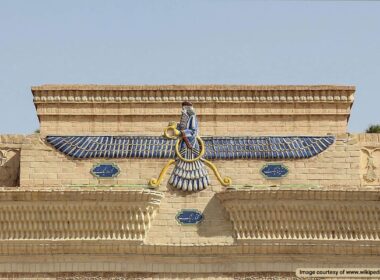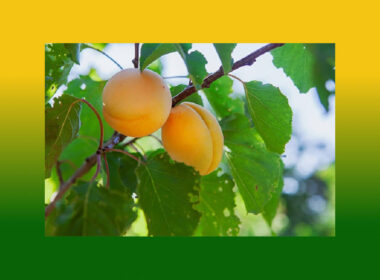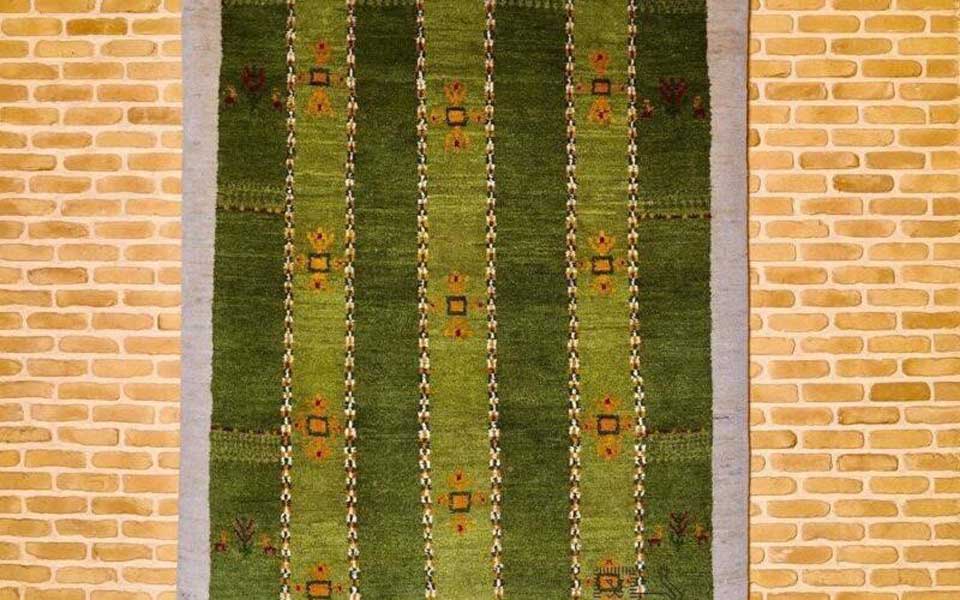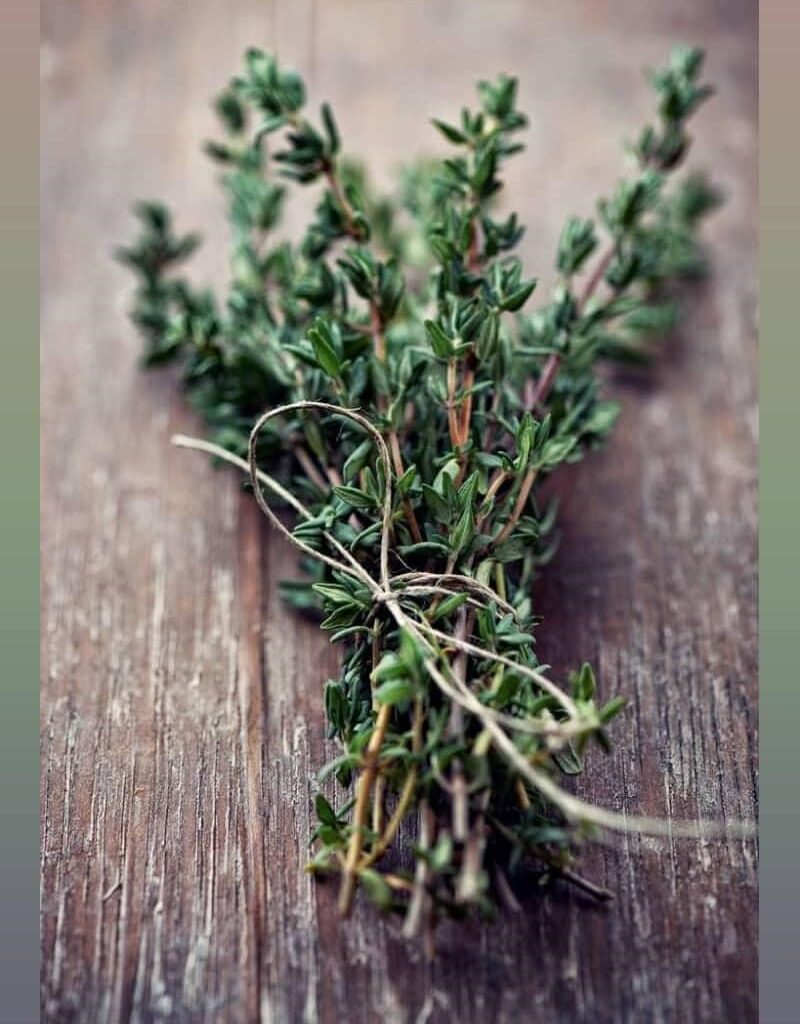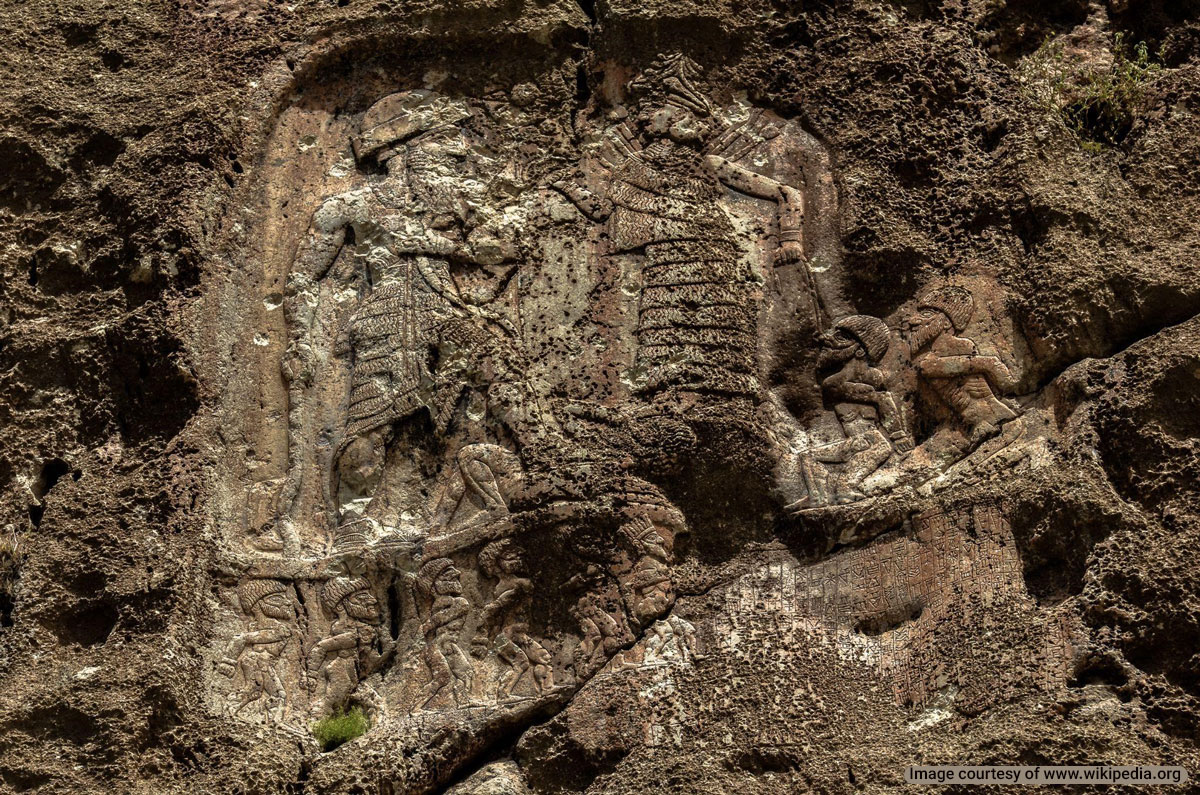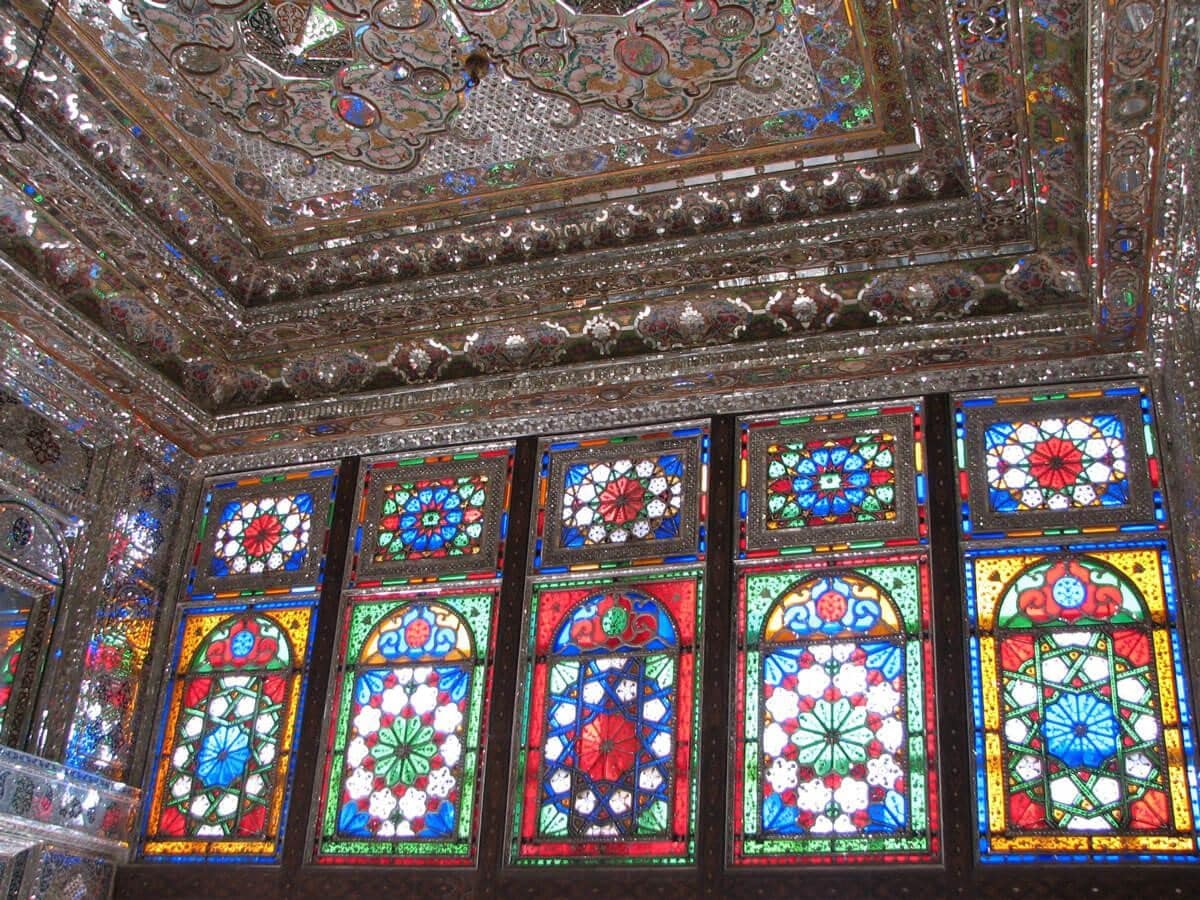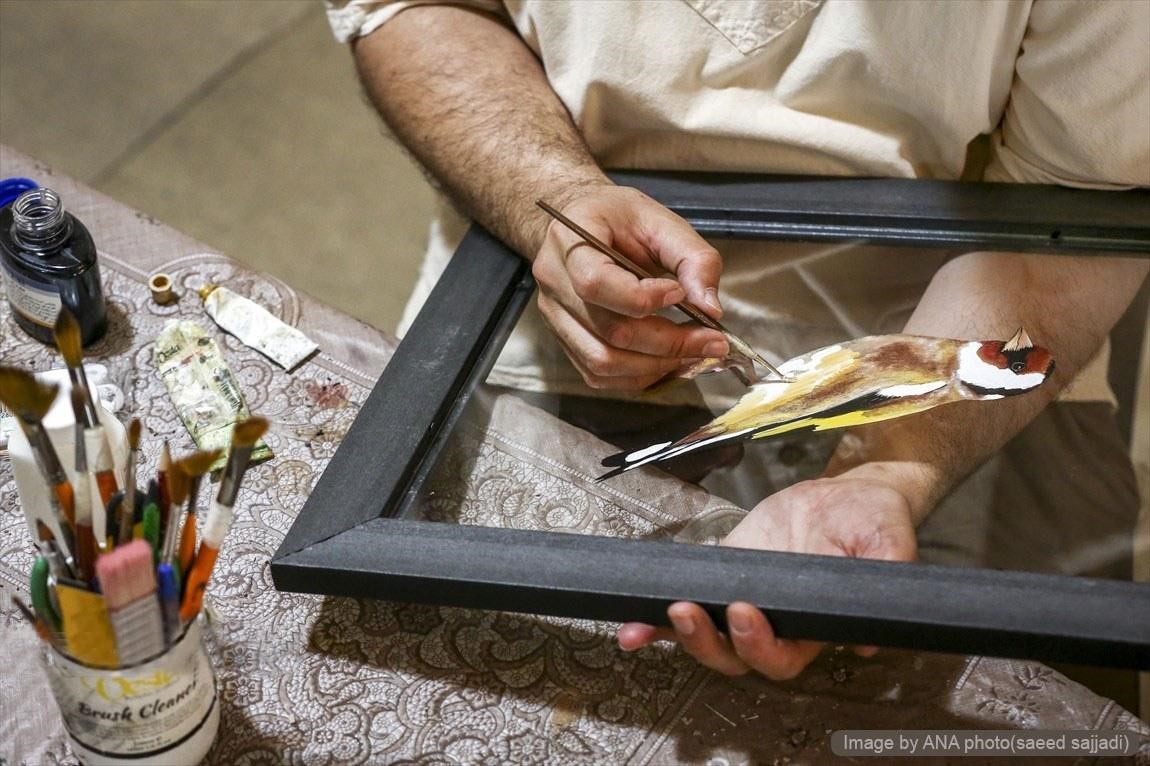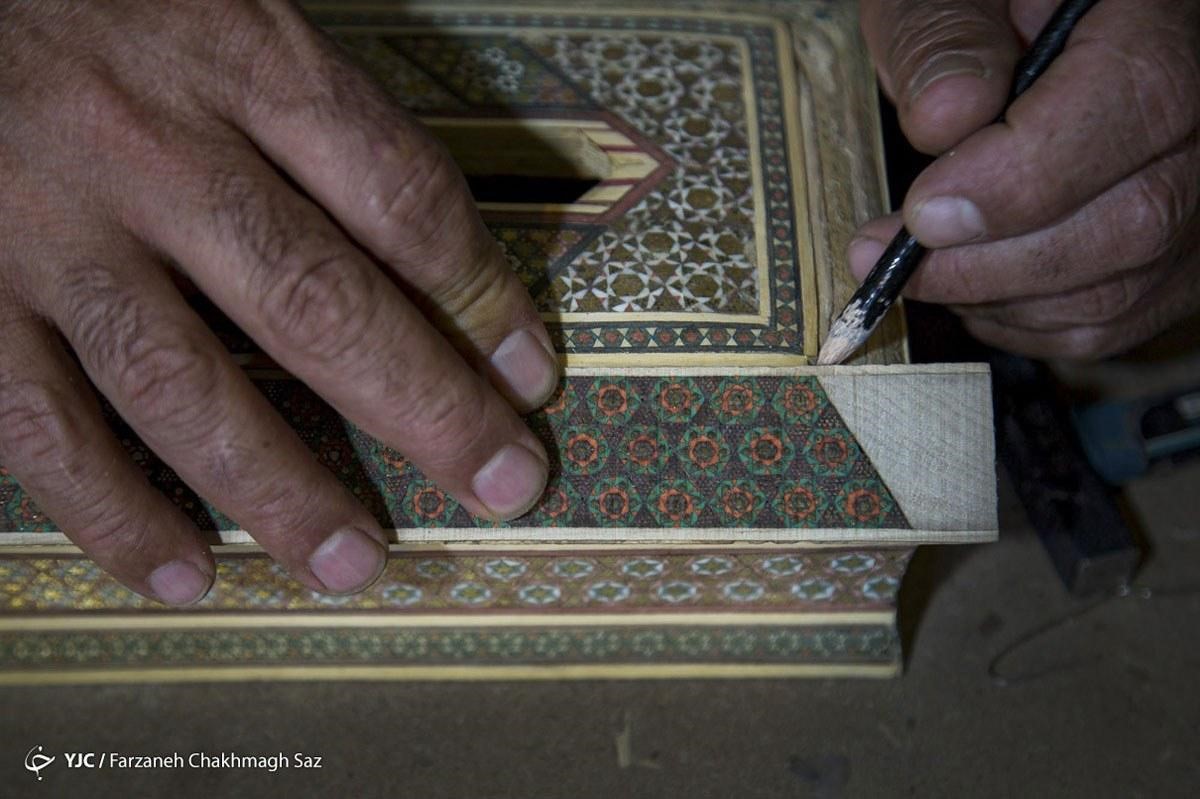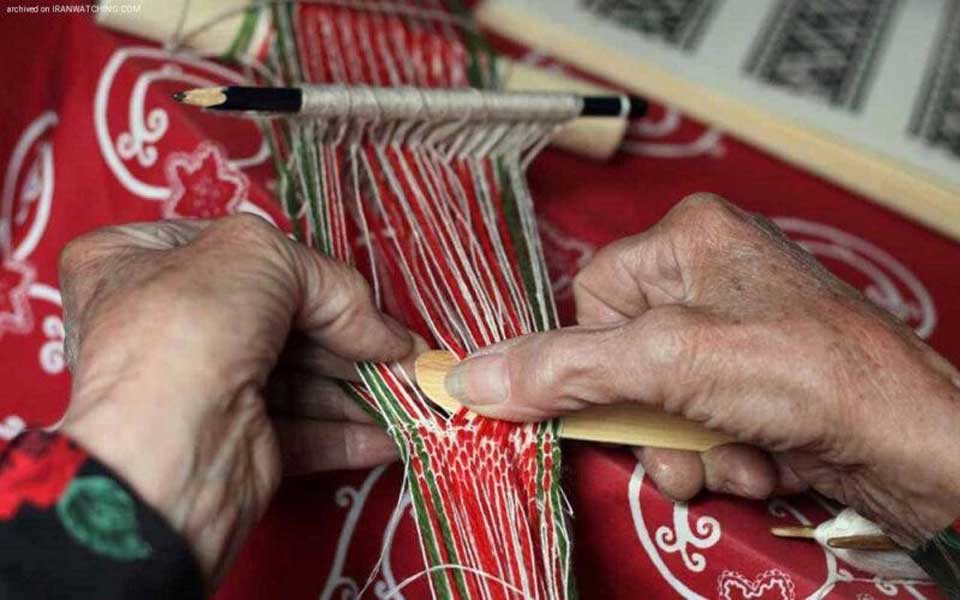
Silk weaving in Iran has been held in high esteem since ancient times. Silk weaving is one of the last few Iranian handicrafts and traditional industries that is still popular among Iranian women. This art is not exclusive to villages, and many women in cities and even some provincial capitals are engaged in traditional silk weaving. Unfortunately, in recent years the cultivation of silkworms in the country has been in decline, leading to a considerable increase in silk textile prices.
What Is Traditional Silk Weaving?
Silk yarn is obtained from the silkworm cocoon. This yarn is favored by many people because of its elegance, gloss, and durability. Silk textiles are woven from silk yarns and used to make clothes, towels, Chador Shab (bedding underlays), etc. Fabrics woven from silk yarns are very soft and delicate to the touch.
Ancient Chinese were the first civilization that managed to obtain silk yarns from silkworm cocoons and use these yarns to weave fabrics. Silk weaving in Iran is one of the Iran handicrafts that has received UNESCO recognition.
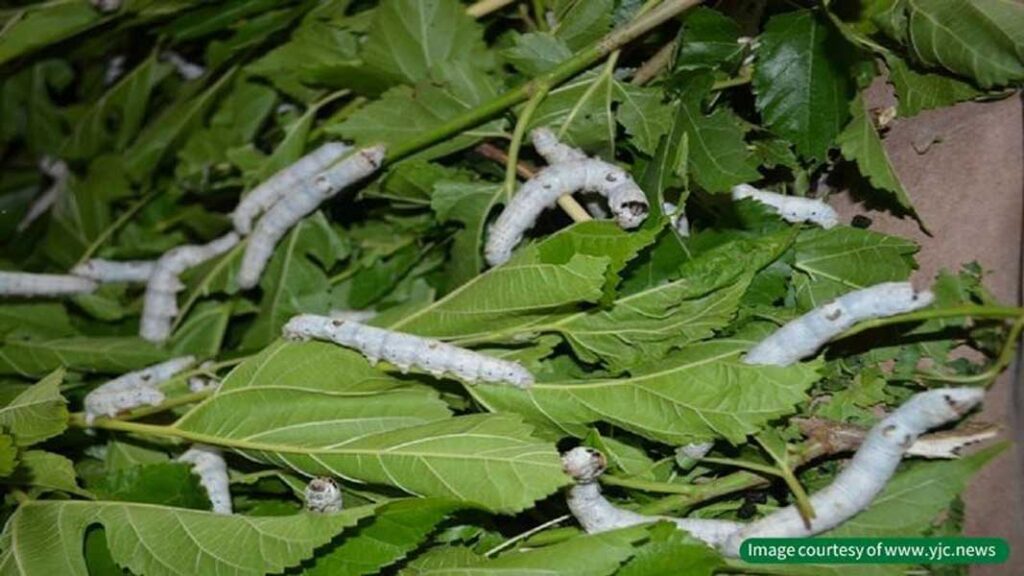
The History of Silk Weaving in Iran
After the Chinese discovered how to obtain silk, they did not share this craft with other cultures for 2000 years. After that, Iranian artists discovered the method of weaving silk yarns.
Silk weaving in Iran started in the Achaemenid period. Because of the Silk Road network and trade, this craft developed further.
In that historical era, the people of Tabarestan (modern-day Mazandaran) were renowned for producing silk fabrics. After the Achaemenid, the Parthian Empire made an agreement with the Han Dynasty to expand trade relations with China in order to boost silk weaving and trade. At the same time, many workshops were established in different cities of the empire, but the craft was more popular in the following cities:
- Bam, Gondishapur, Shushtar, Sarakhs, Tabarestan, Gorgan, and Yazd.
During the Safavid period, the art of silk weaving in Iran was at its peak. During this era, an estimated 3000 tons of silk textiles were produced in the country.
The first silk-weaving factory was established during the reign of Naser al-Din Shah Qajar but was abandoned soon after. During the Qajar era, Ahmad Shah built several factories in Gilan, and thus, industrial silk weaving reached its peak.
Traditional Silk Weaving with Dar (Loom)
Silk weaving using a Dar (weaving loom) is the common method of weaving silk yarns to produce various types of textiles. In addition to textiles, silk weaving with dar can produce exquisite silk carpets, from carpet tableaus to large carpets.
They also use Dar for Sha’ar Bafi (wool weaving) and velvet weaving. Silk weaving looms are not similar to carpet weaving looms and are installed horizontally.
It is very important that the surface of the Dar has no fractures or any other damage. Lighting is also one of the main factors in silk weaving and the Dar must be placed in a well-lit room.
Silk Weaving Using a Weaving Hook
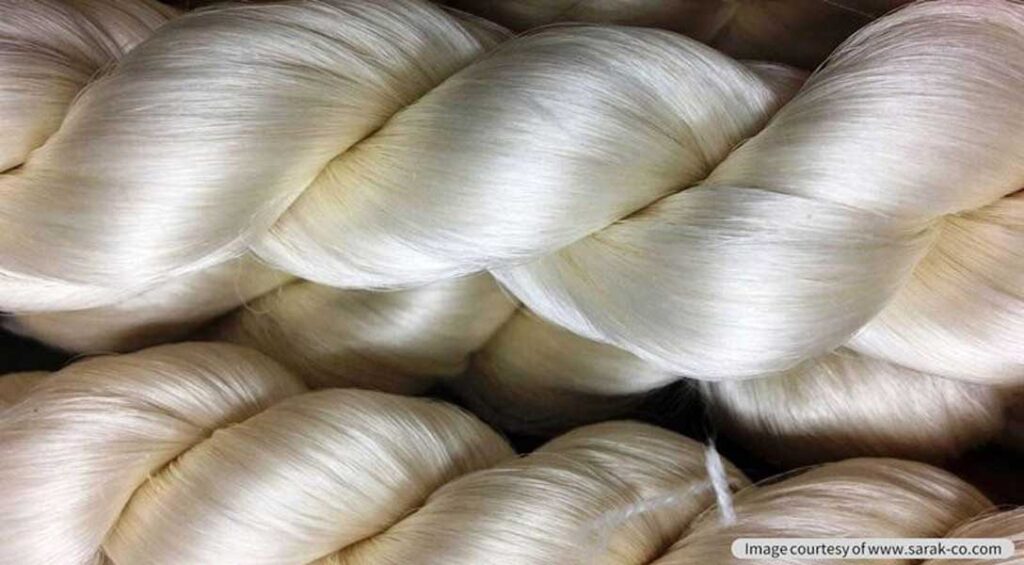
This method of silk weaving utilizes a weaving hook and only requires one weaving hook. This technique of silk weaving is known as Irish silk weaving.
The Irish were the first to use weaving hooks to make clothes, textiles, tablecloths, scarves, blankets, etc. from silk yarns. The weaving hooks or crochet hooks used for silk weaving with hooks are all metal, with plastic handles, and metal or wooden tips.
Silk Crochet
One of the uses of silk crochet is weaving tablecloths. By learning crochet, you can weave beautiful tablecloths with a simple hook and silk yarn.
Silk Weaving Across Iran
Different methods of silk weaving are popular in regions of Iran. Iranian silk handicraft products include tablecloths, underlays, towels, napkins, carpets, carpet tableaus, and more. Here are some Iranian cities that are more famous when it comes to silk weaving in Iran:
Traditional Silk Weaving in Qazvin
Silk weaving is one of the famous Qazvin handicrafts. Women in Qazvin weave Chador Shab underlays using silk yarns. In the past, women used the Chador Shab to keep warm at night. Qazvini women are famous for weaving silk Chador Shab.
Turkmen Silk Weaving
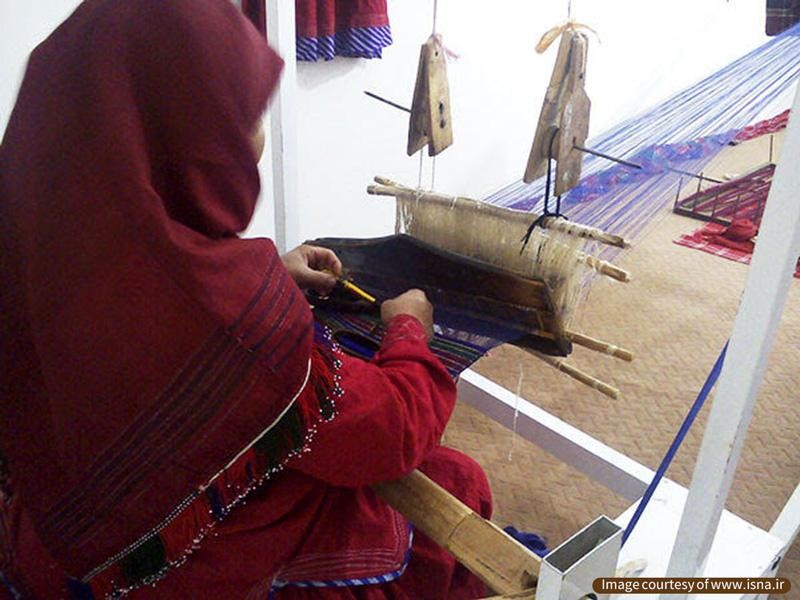
The Turkmen tribes who mostly live in Golestan province, have been known for weaving all kinds of silk textiles since long ago. Turkmen silk weaving is a unique traditional method of silk weaving in Iran, and Turkmen people are very determined to preserve their traditions.
In order to supply silk yarn, Turkmen tribes are engaged in Sericulture and silkworm cultivation. The device Turkmen women use to weave silk fabrics is called “Tara”.
Tara produces silk weave textiles 5 meters long and 30 to 40 centimeters wide. The color red is always present in Turkmen silk weaving, and the textiles woven on the Tara are no exception to this rule.
There is a special type of fabric called “Alatav” which is made of silk yarn and is used for jackets, Bi Jameh (pajamas), and Julbar (pantaloons). Turkmen textiles mostly have vertical striped and margined designs.
Silk Weaving in Ramiyan
One of the regions that is famous for silk weaving in Iran is Ramiyan City in Golestan province. Silk weaving is a highly valued craft in Ramiyan. Ramiyani women tailor their own clothes using silk fabrics and only wear them in wedding ceremonies because of their value.
Ramiyan silk weaving textiles mostly display checkered and margined designs. The colors red, green, blue, and black are used frequently in Ramiyan silk weaving.
Visit Traditional Silk Weaving Workshops in Iran
If you are visiting Iran on an Iran tour package or by yourself, make sure to check out the traditional handicrafts of different Iranian cities.
Destination Iran recommends purchasing traditional handicraft silk products on your visit to the workshops to support local economies. By buying traditional handicraft products from a region, you can play a small but important role in the development of responsible tourism.




